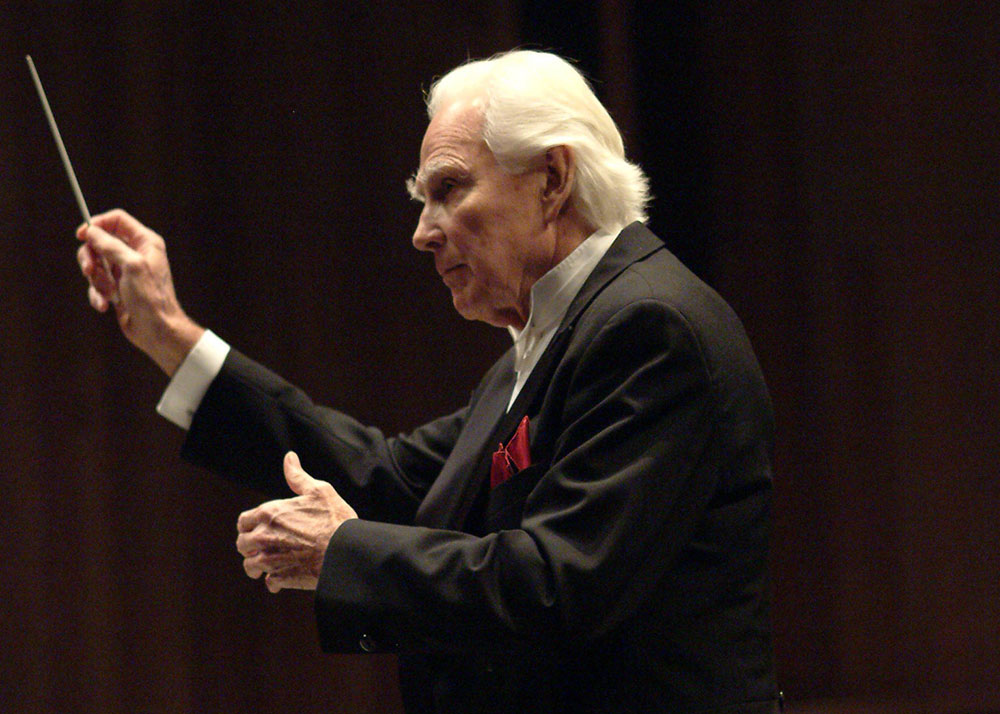
This weekend, the Nashville Symphony celebrates 70 years of existence and a decade in its concert hall. It’s also using the fist concert of this year’s classical series to honor that building’s namesake: Kenneth Schermerhorn.
When Schermerhorn came to Nashville, he didn’t intend to stay long. The Nashville Symphony was looking for a new conductor after the departure of Michael Charry, and they needed someone experienced to lead the search. He’d lead orchestras in Milwaukee and New Jersey and had served as the American Ballet Theater’s Music Director.
The Nashville orchestra was working on a more limited scope than those ensembles. At the time, it was a “nighttime orchestra,” meaning it wasn’t anyone’s primary job. The musicians were paid a small amount, just enough to compensate for evening rehearsals and concerts that took place after their main jobs were done for the day. Understanding what kind of budget was in place, Schermerhorn focused his search on conductors who were just starting out.
As the search went on, the orchestra decided they’d rather have him just stay. It took a substantial increase in the salary allocation for a conductor, but in 1983, he agreed to become the orchestra’s Artistic Director. Schermerhorn held the job until his death in 2005, making him the longest-serving conductor in the orchestra’s history.
Schermerhorn oversaw a period of great artistic growth for the Nashville Symphony, including the ensemble’s first Grammy nomination and a performance in Carnegie Hall. In his last years, he helped break ground on the new symphony hall and took an active role in its design. He never, however, got to hear the orchestra play in the completed space.
The inaugural concert at the Schermerhorn Symphony Center took place a little more than a year after his death. That grand opening included a portion of a symphony by one of his favorite composers, Gustav Mahler. Schermerhorn had once compared the Austrian romantic’s music to “eating macademia nuts,” calling it a “conductor’s delight.”
Ten years ago, the orchestra played two movements of Mahler’s Second. This weekend, coming off the completion of an entire Mahler symphony cycle under maestro Giancarlo Guerrero, the orchestra will perform the Second in its entirety.
The program also includes one of the more than 50 compositions written by Schermerhorn himself. Jubilee: A Tennessee Quilting Party for Orchestra was commissioned for the first session of the state’s Governor’s School for the Arts in 1985. In a direct reference to the state’s three Grand Divisions (East, Middle and West), the music is divided into three sections.
